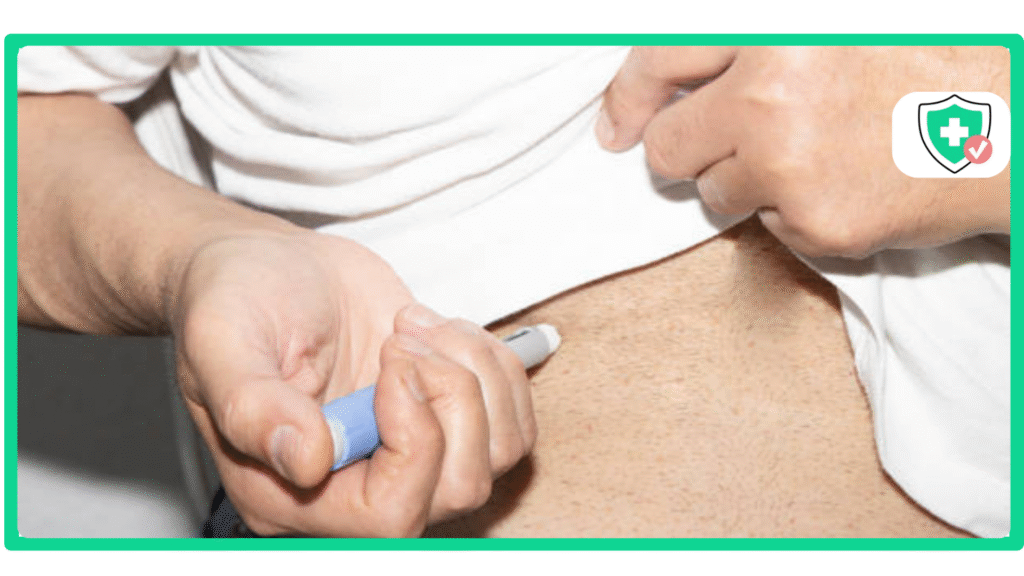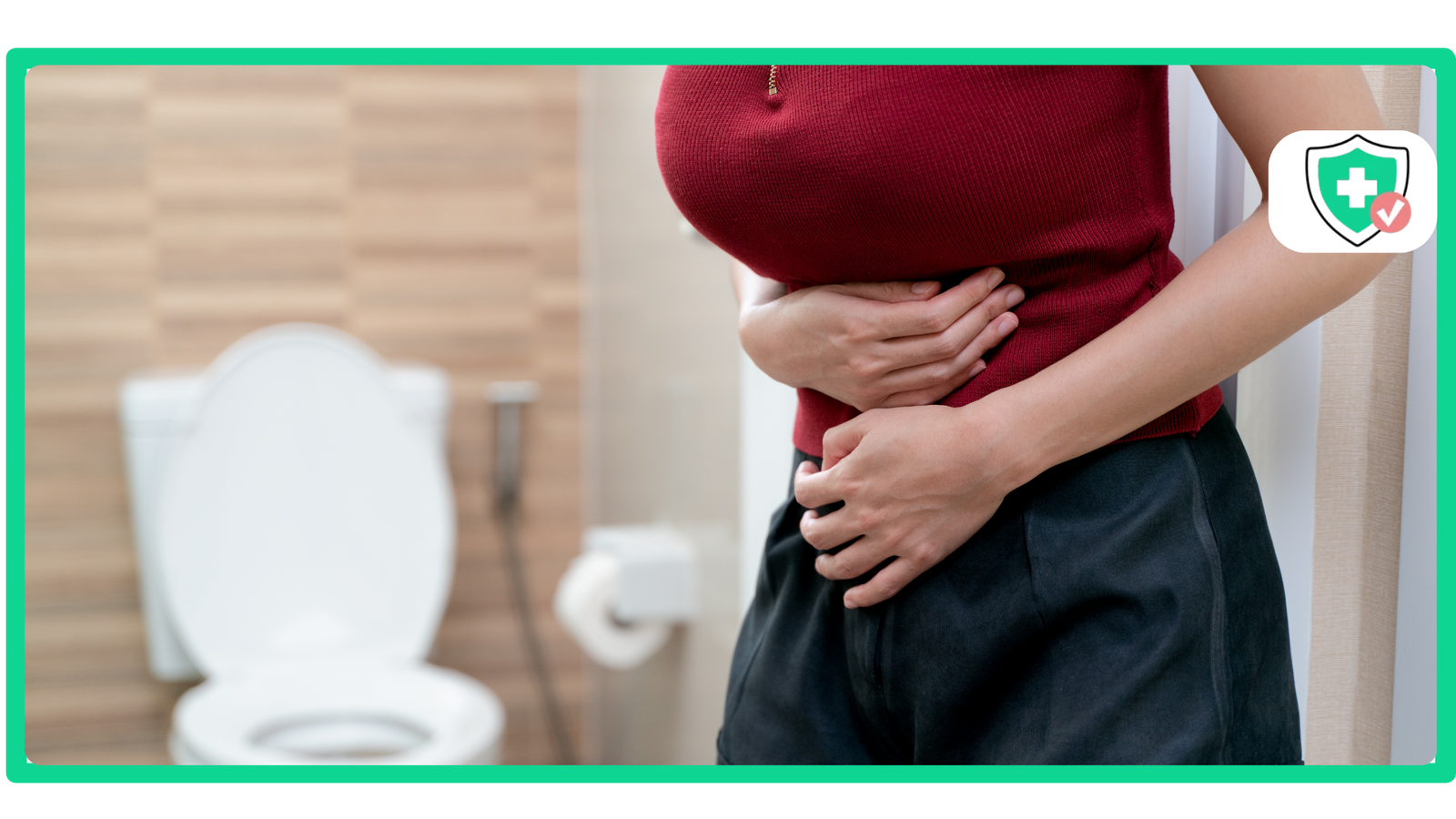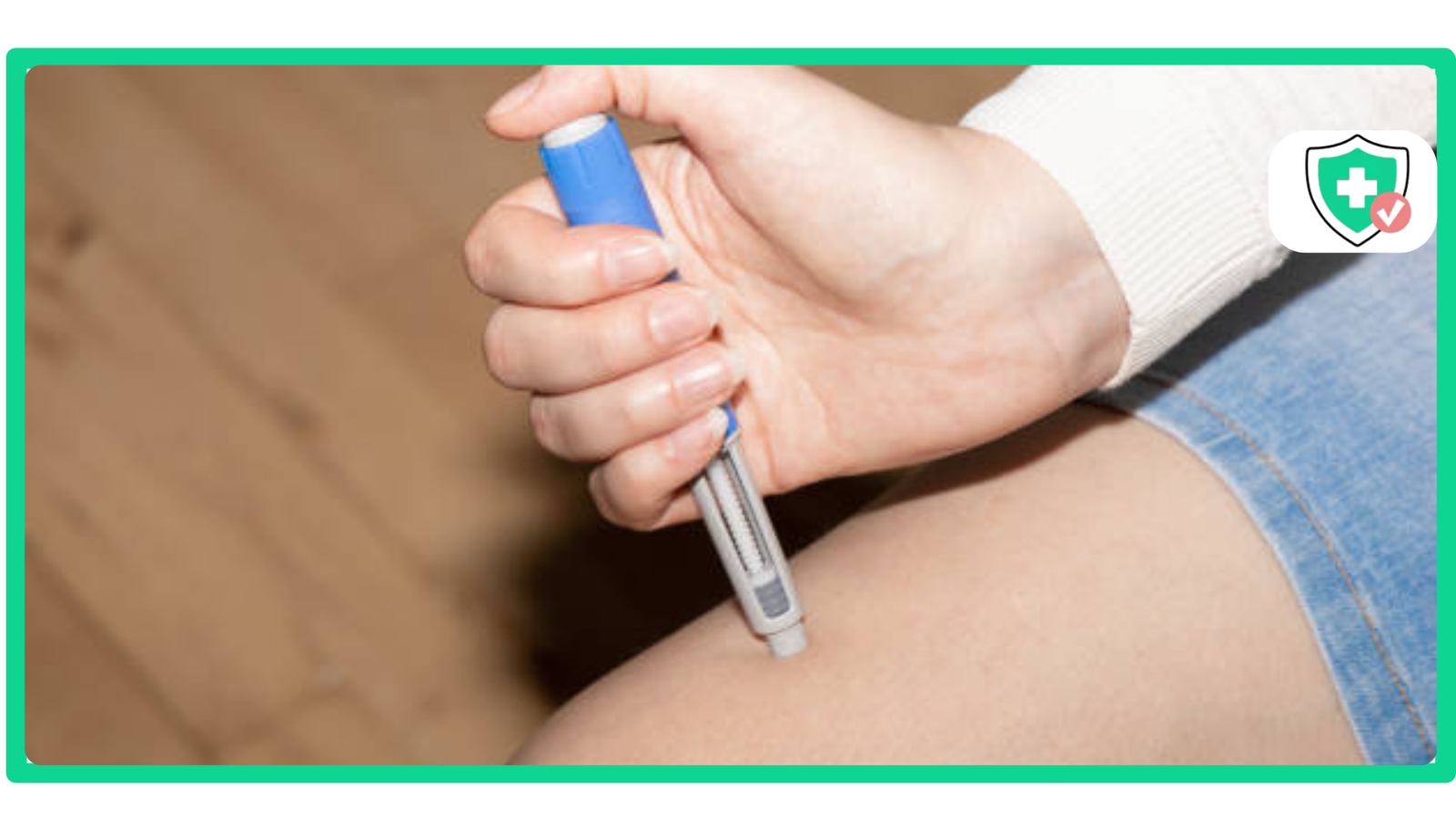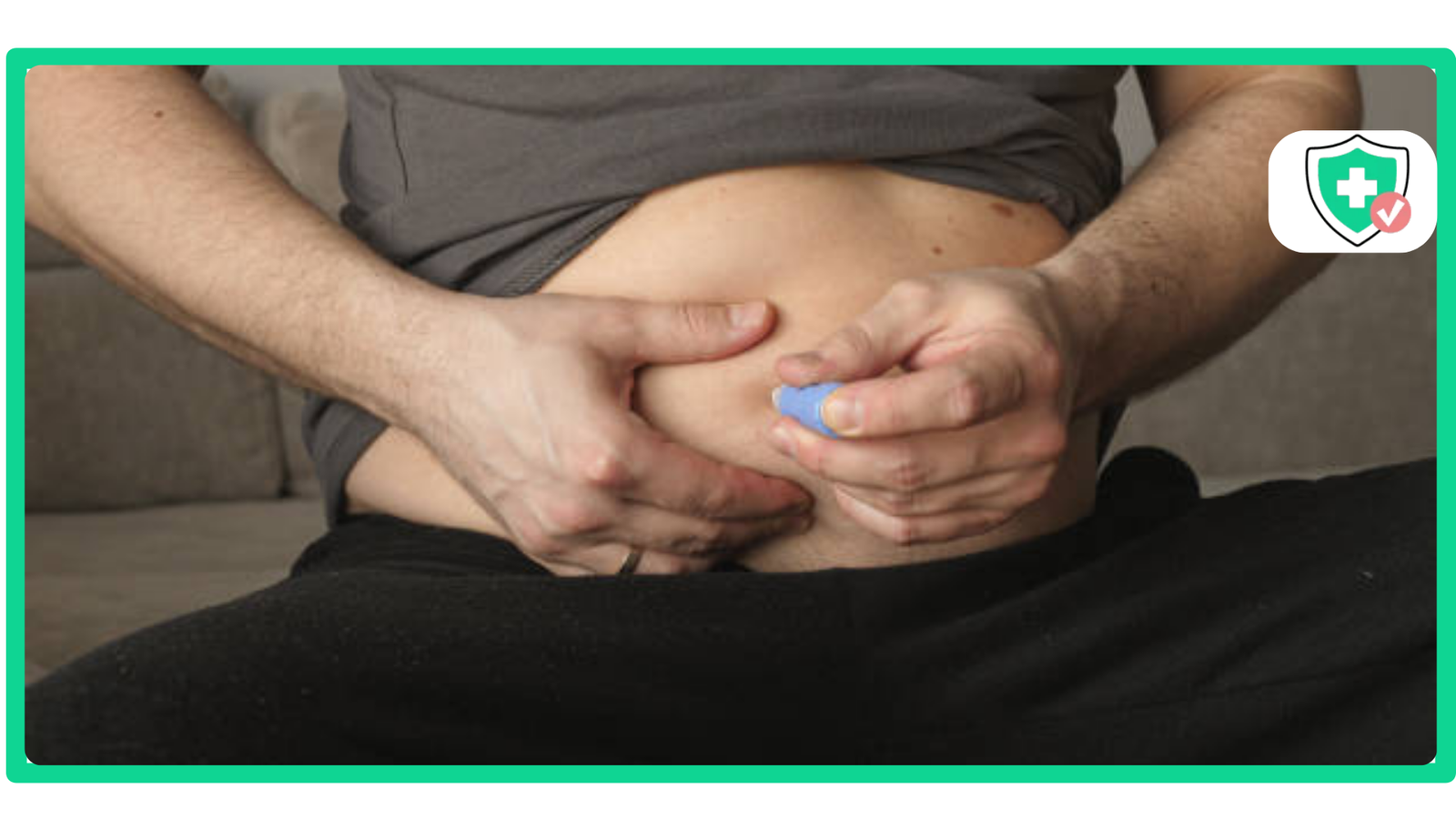If you are worried you took too much medicine, it can be a scary feeling. But you have come to the right place to get clear advice. We are here to help you. This guide will tell you what to look for and what to do next. What happens if you take too much semaglutide is a serious question that needs a clear answer. Your safety is the most important thing to us at Semaglutide Medics.
The Immediate Risks: Understanding a Semaglutide Overdose
First, let’s understand why taking too much of this medicine can be a problem. It helps to know how Semaglutide works in your body.
How Semaglutide Works
Semaglutide does two main things. It helps lower your blood sugar. It also slows down how quickly your stomach empties after you eat.
When you take the right amount, these actions are very helpful. But if you take too much, these effects can become too strong. This can cause some dangerous side effects.
The Two Main Dangers
There are two big risks to watch out for if you take too much. The first one is feeling very sick to your stomach. Because the medicine slows your stomach down, too much of it can make you feel extreme nausea. You might vomit a lot or have bad diarrhea.
The second, more serious risk is low blood sugar. This is also called hypoglycemia. This can happen to anyone who takes too much, but it is an even bigger risk for people with type 2 diabetes.
Semaglutide Overdose Symptoms: What to Watch For
How do you know if you’ve taken too much? Your body will give you some warning signs. It is very important to pay attention to them.
Severe Nausea and Vomiting
A little bit of nausea can be a normal side effect. But an overdose can cause much worse symptoms. You might start vomiting and find that you can’t stop.
You may also find it impossible to keep any food or water down. This can be dangerous because it can lead to dehydration.
Signs of Low Blood Sugar (Hypoglycemia)
Low blood sugar is the most serious risk. You need to know these signs so you can act fast.
- Feeling very shaky or like you are trembling
- Feeling dizzy, lightheaded, or like you might faint
- Sweating a lot, even if you are not hot
- Feeling confused or finding it hard to think clearly
- A very fast heartbeat
- In the worst cases, you could even pass out.
It is vital to recognize these symptoms when considering what happens if you take too much Semaglutide.
Other Serious Symptoms
You might also feel other things. These include very bad pain in your stomach. You could also feel extremely tired or weak, more than usual.
Note: Taking your medicine exactly as your doctor tells you is the best way to stay safe. Our program is set up to help you with this. For a simple price of $299 each month, you get your medicine, support from our medical team, and free delivery. This makes it easy to have the right dose and clear instructions at all times.
I Took Too Much Semaglutide—What Should I Do Right Now?
If you think you took too much medicine, you need to act quickly. Here are the steps to follow right away.
Step 1: Do Not Panic and Do Not Take Another Dose
The first thing to do is try to stay calm. Take a deep breath. It is very important that you do not take any more of the medicine.
Step 2: Call for Immediate Medical Help
This is not something you should handle on your own. You need to get help from a medical expert right away. You can call your doctor’s office.
Or, you can call the Poison Control Center. Their phone number is 1-800-222-1222, and they are ready to help you 24/7. If your symptoms are very bad, like if you are very confused or if someone has passed out, call 911 or go to the nearest emergency room immediately.
Step 3: Manage Low Blood Sugar Symptoms
While you are waiting for medical help, you can do one thing if you feel safe. If you have symptoms of low blood sugar and can swallow, try to eat or drink something with sugar. This should be about 15 grams of a sugar that works fast.
Good choices are a small glass of fruit juice or regular soda (not diet). Glucose tablets or a little bit of honey also work. This is just a first-aid step until a doctor can help you. This is a critical action when dealing with what happens if you take too much Semaglutide.
How to Prevent an Accidental Overdose
Once you are feeling better, you can think about how to stop this from happening again. Here are a few simple tips to keep you safe.
- Always double-check your dose before you inject.
- It can be helpful to keep a small notebook. Write down the date and time you take your medicine.
- If you forget to take a dose, never take two doses to “catch up.” Always ask your doctor what to do first.
- Keep your medicine in a safe place where others, especially children, cannot get to it.
If you are ever unsure about your dose, you can check your instructions in your patient portal. You can also contact us with any questions. We are here to help you.
Conclusion
Let’s quickly review the most important steps. If you take too much Semaglutide, look for signs of a very upset stomach and, most importantly, low blood sugar. Then, call for medical help right away.
Taking your medicine safely is a team effort between you and your doctor. Knowing what happens if you take too much Semaglutide helps you stay safe and know how to react in an emergency. Your health is the most important thing. You can learn more about us and our promise to provide safe, doctor-led care.
Sources:
- Poison Control – National Capital Poison Center: https://www.poison.org/
- U.S. Food & Drug Administration (FDA) – “Medication Safety”: https://www.fda.gov/drugs/drug-safety-and-availability/fda-drug-safety-communication-safety-review-update-medications-used-treat-attention-0
- American Diabetes Association – “Hypoglycemia (Low Blood Glucose)”: https://diabetes.org/living-with-diabetes/hypoglycemia-low-blood-glucose










